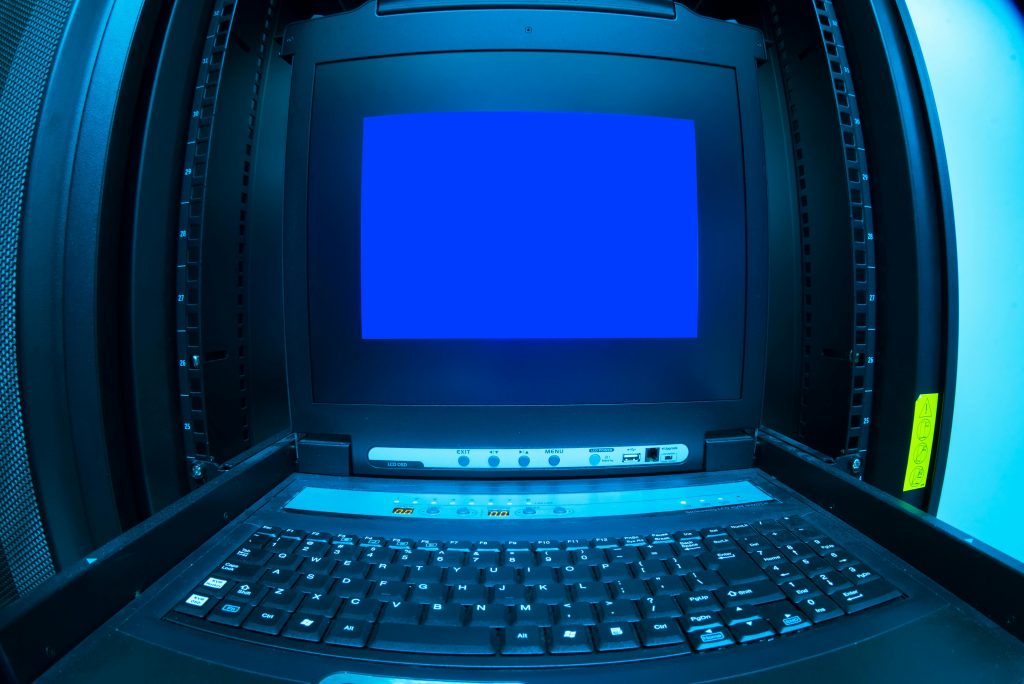Understanding and Troubleshooting Video Memory Errors on Your Gaming Laptop
Introduction
Gaming laptops are powerful machines designed to deliver high-quality graphics and smooth gameplay experiences. However, users may occasionally encounter technical issues that can hinder performance, such as errors related to video memory allocation. If you’ve recently experienced sudden shutdowns or game crashes on your MSI Bravo 15 C7VF-249XPL featuring a Ryzen 7-7735HS processor, this guide aims to help you understand the potential causes and suggest appropriate troubleshooting steps.
Identifying the Issue
Recent observations indicate that the laptop’s performance has deteriorated, with incidents of unexpected shutdowns during gaming sessions. Specifically, the system logs reveal Event ID 41, indicating an unexpected power loss, which can be symptomatic of underlying hardware or software problems. Users have also reported that even less demanding games like RimWorld are experiencing random crashes, suggesting a broader stability issue.
Possible Causes
The core issue appears to be related to video memory allocation failures, possibly stemming from:
- Overheating or thermal stress due to fan malfunction.
- Hardware failure of the GPU or VRAM.
- Driver conflicts or outdated graphics drivers.
- Insufficient power supply or electrical instability.
- Software issues or corrupt system files impacting resource management.
Troubleshooting Steps
To effectively address these issues and communicate clearly with your service technician, follow these steps:
- Monitor Temperatures: Use hardware monitoring tools (such as HWMonitor or MSI Afterburner) to check CPU and GPU temperatures during load. Elevated temperatures can cause thermal shutdowns.
- Update Drivers: Ensure that your graphics drivers are up to date. Visit the official MSI or GPU manufacturer’s website to download the latest drivers.
- Test Hardware Stability:
- Run built-in diagnostics or stress tests to assess CPU and GPU stability.
- Use tools like MemTest86 to check for RAM issues.
- Check Event Viewer: Review Windows Event Viewer logs for recurring errors or warnings that can offer clues.
- Address Cooling Concerns:
- Clean dust from fans and vents.
- Temporarily reduce system load or usage to prevent overheating.
- Backup Data and Prepare for Service:
- Save important files.
- Document all observed issues, recent changes, and steps you’ve taken.
- When contacting support, specify the occurrence of sudden shutdowns, Event ID 41 logs, and any hardware or software modifications.
- Consider Hardware Inspection:
- Request a professional diagnosis
Share this content:



